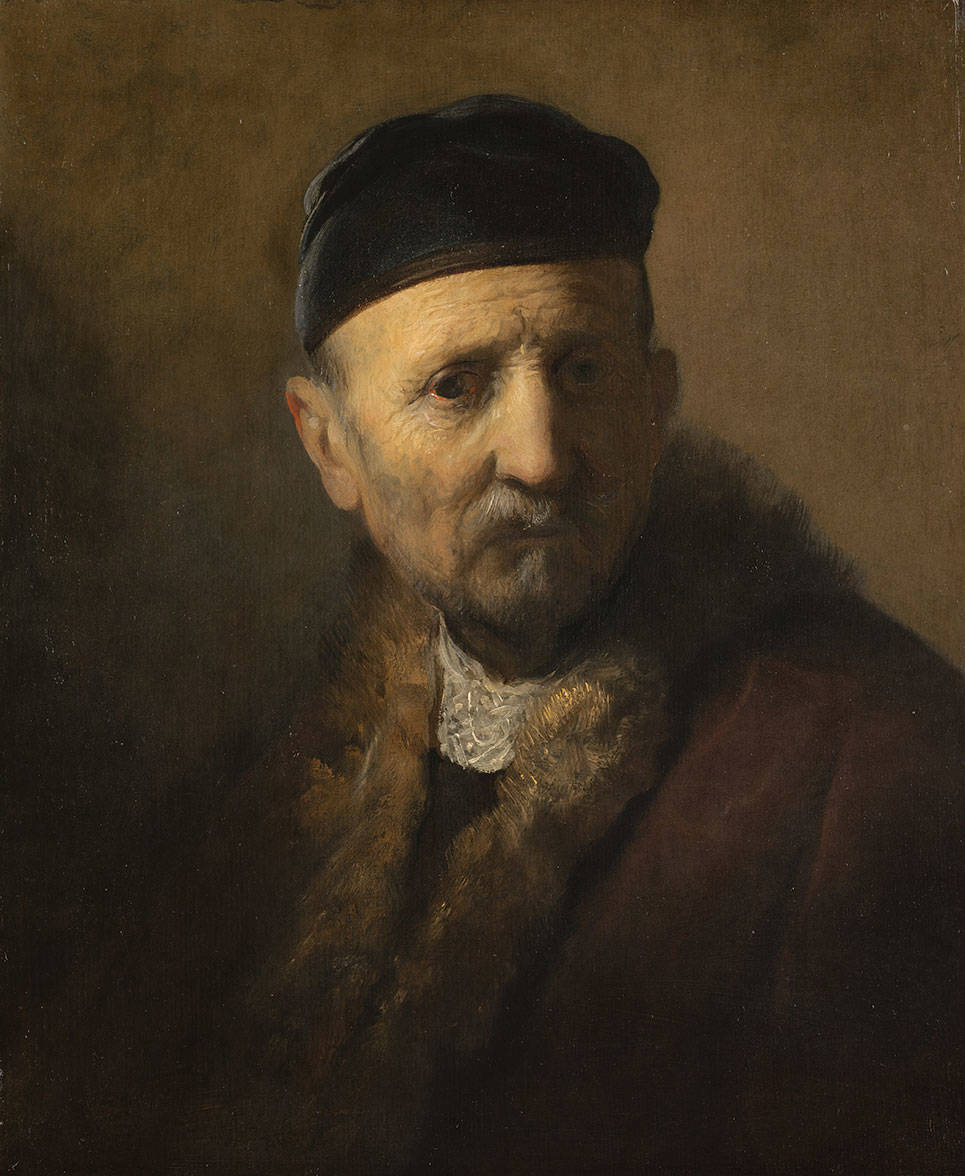Tronies
Both paintings were made as so-called ‘tronies’. Rather than depicting a specific individual, a tronie shows a character type or emotion. In the nineteenthcentury, when Rembrandt became famous as never before, people were keen to ‘recognise’ members of the master’s family in his works. This is how Study of an Old Man became known as the ’brother of Rembrandt’ and the Tronie of an Old Man the ‘father of Rembrandt’. However, there is no evidence to suggest that the sitters are Rembrandt’s brother Adriaen van Rijn or his father Harmen Gerritsz van Rijn.
Edwin Buijsen, Mauritshuis Head of Collections; ‘The techniques available to examine paintings improve with every generation. We are seizing this opportunity to hopefully answer the question of whether or not these are Rembrandts. An exciting quest that will provide all kinds of new information whatever the outcome’.
Rembrandt and the Mauritshuis
The Mauritshuis has one of the world’s most important holdings of Rembrandt’s paintings. 2019 has been designated a national Rembrandt Year, and the museum will exhibit all 18 paintings that were once acquired as ‘Rembrandts’ for the occasion. Of this group of eighteen, eleven are still considered authentic works by Rembrandt, or have been reattributed to him. They include the renowned works The Anatomy Lesson of Dr Nicolaes Tulp, Saul and David and Rembrandt’s self-portrait of 1669. The presentation also includes five paintings that are no longer attributed to the master himself, and two paintings that have a ‘question mark’ over their authorship.
The exhibition ‘Rembrandt and the Mauritshuis’ tells the story of how these works came into the museum’s collection. Who discovered the painting? Was it acquired or donated? How was it examined? Why (and how) did some paintings fall from their ‘Rembrandt pedestal’ over time? Visitors will be invited to take a closer look and make their own comparisons. Is there any visible differences between a ‘Rembrandt’ and a ‘non-Rembrandt’?
Exhibition Schedule 2019
Rembrandt and the Mauritshuis
31 January - 15 September 2019
Shifting Image
In search of Johan Maurits
4 April - 7 July 2019
Hello Rembrandt!
20 July - 15 September 2019
Nicolaes Maes
17 October 2019 - 19 January 2020



